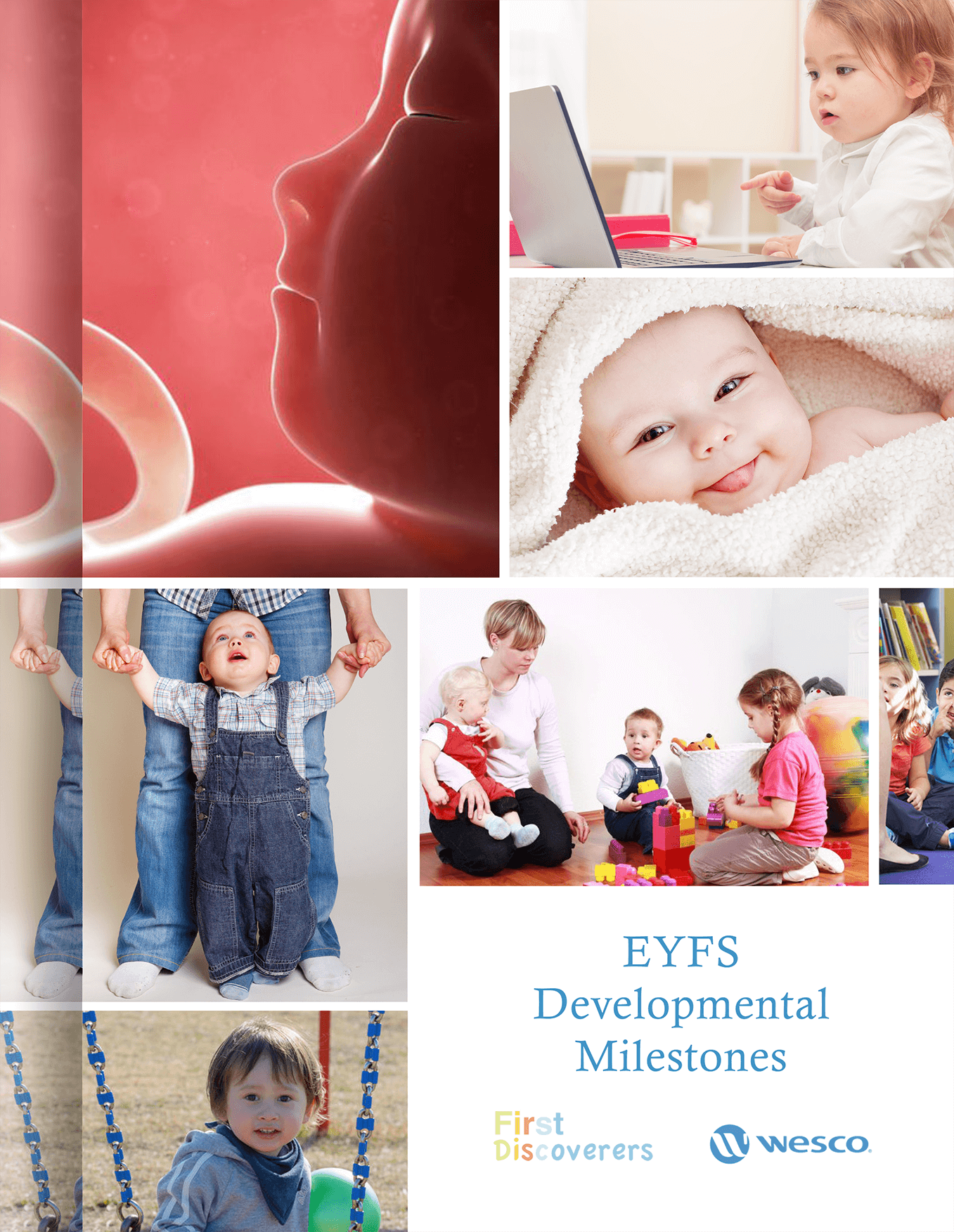
Childcare Environments
The Changing Face of Continued Personal & Professional Development
Kathy Brodie is a well known and respected influential childcare author. Here she gives her views on the increasing difficulties childcare workers face in their continuing personal and professional development, or CPPD.
Managers of settings face increasingly difficult decisions, as financial constraints increase and there is an ever-increasing number of changes that practitioners are expected to know about and implement, it would be easy to simply cut out any non-statutory training and development. However, it is essential for Early Years practitioners, of all levels, to be reflective, review their practice often and to maintain their personal and professional development. This is for a number of reasons.
The power of inspiration and confidence building cannot be underestimated
The first reason is to keep up to date with legislation changes, which seem to be coming with ever-greater frequency. Some of these are statutory requirements, for example, the Prevent Duty, change in First Aid requirements and an expected update in the EYFS in September – and that is just in England. The other curricula of the UK are also being updated on a regular basis with new, and sometimes critical, changes.
The second reason is to be able to understand new ideas and good practice in Early Years care and education. For example, recently there has been a move towards the Forest School ethos, along with connecting with nature. For most people, to fully understand the rationale and philosophy behind Forest Schools will need some additional training. Similarly, you may need to do some reading up around the philosophy of loose parts play or the Reggio Emilia approaches if you wish to include these into your setting.
Thirdly, the power of inspiration and confidence building cannot be underestimated. I have spoken to very experienced and knowledgeable practitioners after conferences, who have said that the biggest benefit was not the actual content, but the inspirational speakers who motivate practitioners to go back to their settings and do better and to improve.

Finally, continued personal and professional development (CPPD) can lead to qualifications and career progression. I have intentionally mentioned this last because gaining a qualification doesn’t necessarily improve practice or help children – which should be the eventual aim of all CPPD. It is really important that practitioners use their skills in the setting, rather than treating CPPD as a certificate collection exercise.
Practitioners now have to keep up to date with changes themselves, which takes time and self-motivation.
Traditionally, professional development has been achieved through the support of the Local Authorities (LA) and events run by charities such as iCan. However, this has been changing gradually over the years, with the reduction of courses being offered, with more and more Local Authorities now charging a fee for practitioners to attend courses. Many PVI settings are now in the situation of having little or no support for CPPD from their LA.
The lack of support is beginning to have some noticeable effects on practitioners in settings. They are less likely to consider CPPD an essential part of their role. In the past, the publication of the LA training booklet or calendar used to have practitioners thinking about and talking about what training they would like or need for the coming year. Equally, practitioners would have access to some fully funded conferences, with inspirational speakers who would encourage them to be reflective, consider new practices or explain the reasoning behind innovations. This has either gone altogether or has been severely reduced.
Consequently, practitioners now have to keep up to date with changes themselves, which takes time and self-motivation. It also means that the information is less likely to be transmitted as a single, clear message, with practitioners interpreting information as best they can and picking up bits of information wherever possible.
Although this sounds like a bleak situation, there are some solutions. The biggest advantage that practitioners have is the prevalence of free social media and information sharing sites on the Internet. Practitioners will have to be proactive in signing up, but there are lots of sites that will email out weekly updates, including Government sites, such as the Department for Education, Public Health England and the Office for National Statistics. There are also many professional early years websites. Some of the most reliable ones are produced by national organisations such as the NSPCC, Foundationyears and 4Children.
It is becoming more prevalent, and more essential, for practitioners to support each other
Social media, such as Facebook and Twitter have really grown-up and are no longer just a fad for teenagers. They can be valuable sources of instant, free information about the Early Years sector. Twitter can provide access to the thoughts and activities of every type of person, from MP to inspirational thought leaders to news of your local setting. This is an instant medium, which is best used for the latest updates. Due to the sheer numbers, you may need to separate the people you follow into lists to make this more manageable. Facebook can give more detailed information from specialist groups and also gives more opportunities to discuss issues, challenges and successes over a more prolonged period.
It is becoming more prevalent, and more essential, for practitioners to support each other, whether this is formally through Networks of various types, or more informally. This can really help personal development as practitioners reflect on their practice with others. It may also be a good way to find out about local courses on offer or to hear about worthwhile training. Sometimes approaching the Local Authority for support, especially if there is information that needs disseminating reliably such as legal requirements, can pay dividends.
Finally, the leadership and management of your setting needs to value CPPD, both encouraging practitioners to keep up to date (preferably recording this in writing) and allowing time to attend events or to have time to research new legislation. This should be part of the ethos of the setting; so new practitioners know from the start that there will be an expectation to keep their own CPPD up to date.
Although there is less central support from Local Authorities and other Government bodies, it is still possible to keep up to date with your own CPPD. This may take extra time and you may need to organise a routine so it becomes second nature. However, it is critical that you prioritise CPPD so you are able to give the best quality of care and education to your children.
EYFS Developmental Milestones – Download Free eBook







You must be logged in to post a comment Login